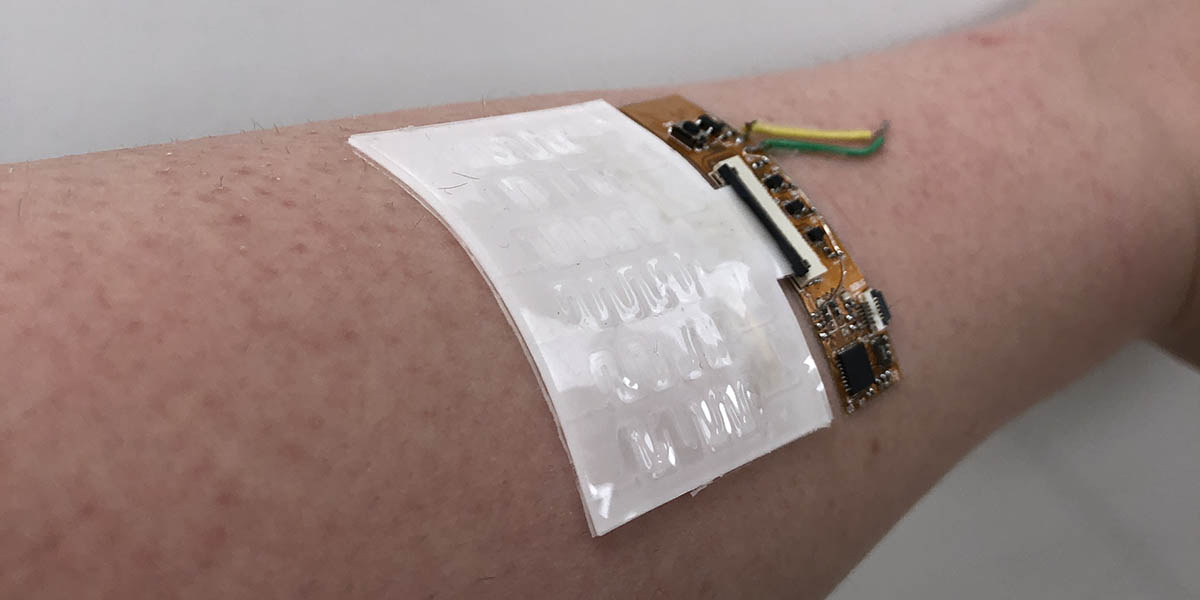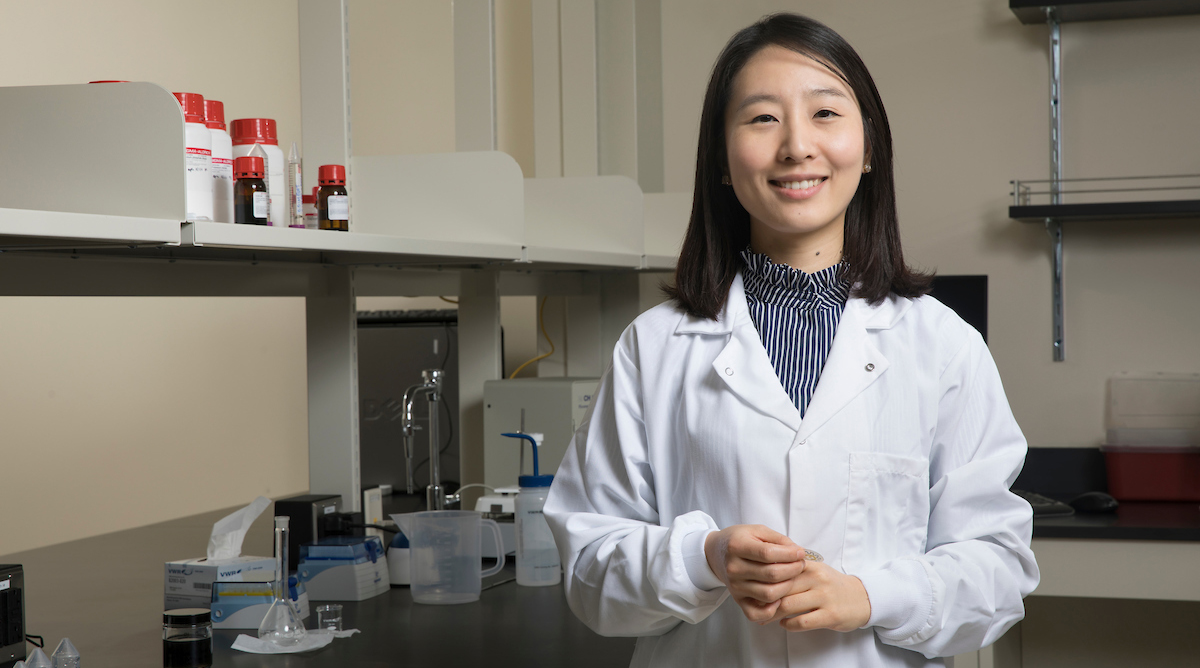Better sweat collection method would improve analysis of key biomarkers
Current devices do not reflect how our rate of sweating changes throughout the day

The chemical composition of human sweat tells us a lot about our health, but collecting it for analysis can be tricky. Current devices worn on the skin fill reservoirs one at a time but do not reflect how our rate of sweating changes throughout the day as we perform different activities.
The circadian cycles of our bodies also make it important to know when the samples are gathered. Cortisol, for instance, is a biomarker that can measure stress levels, but cortisol levels are high in the morning and decrease in the afternoon.
Researchers at Binghamton University have developed a better method for collection at specified time periods that gives a more accurate picture of how a person sweats.
In a recent article published in the journal Sensors and Actuators, titled “Dual-valved skin-interfaced microfluidic device for programmed time-control sweat collection,” PhD candidate Ji Hyun Yang and Associate Professor Ahyeon Koh from the Thomas J. Watson College of Engineering and Applied Science’s Department of Biomedical Engineering explain how their new design works.
“Before our research, others designed microfluidic devices that can collect sweat in chronological order — they fill the first chamber first, then fill the second chamber and so on,” said Koh, who won a National Science Foundation CAREER Award earlier this year for her biosensor research. “The problem with those kinds of designs is that the scientists assumed there is a continuous flow, but we are not sweating like this. Sometimes we sweat, sometimes not.”
Koh and Yang’s device would attach to the skin like a patch and allow users to put it on in the morning for sweat collection to happen throughout the day. Electronics designed by collaborators at the University of Massachusetts – Amherst (master’s student Uchechukwu David and Assistant Professor Yeon Sik Noh) are wired into the reservoirs to track the desired duration.
One critical issue, Yang said, was finding the best mechanism to close the channel at the appointed time: “I read through a lot of articles and found these expandable microspheres that expand upon heat, and it’s irreversible so it doesn’t shrink back down. I thought this will be perfect for our purpose — we just close the valve and forget about it.”
Koh hopes that improved sweat collection can lead to better understanding of key biomarkers linked to inflammatory conditions such as tumor necrosis factor alpha (TNF-a) and interleukin 6 (IL-6) or stress responses like cortisol and catecholamines.
“We’re hoping to be able to do a full screening to know what’s in someone’s sweat, so we can identify better biomarkers that can be used as an alternative to blood biomarkers,” Koh said. “That’s my next challenge.”
Yang added: “Maybe you could integrate other features such as flow sensors and other sophisticated microfluidic technology like chemical sensors, so you could just measure the properties of sweat on the device instead of collecting it to be analyzed later.”

